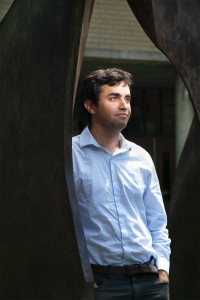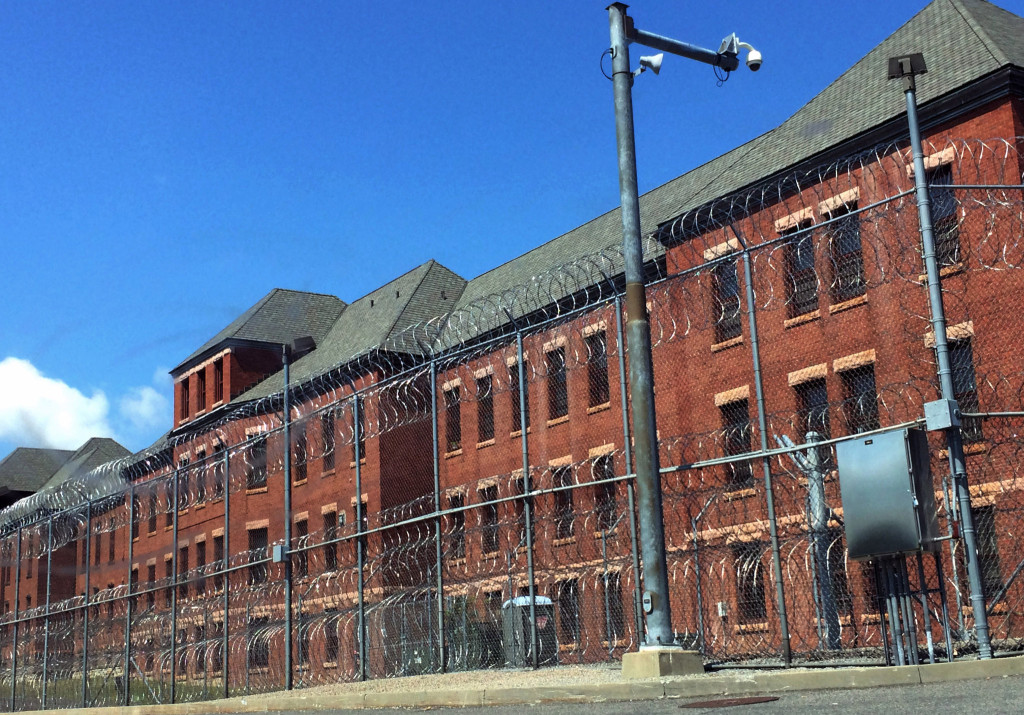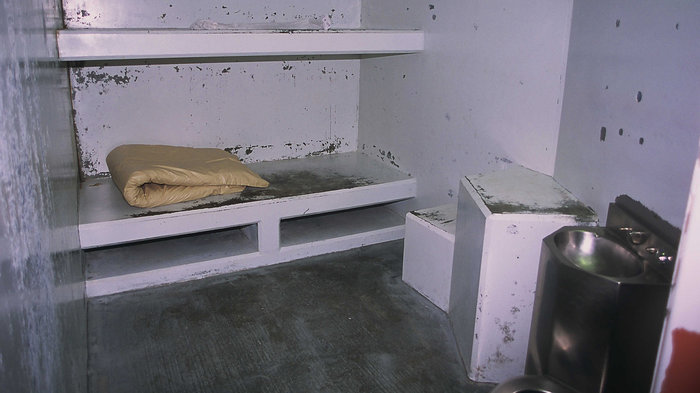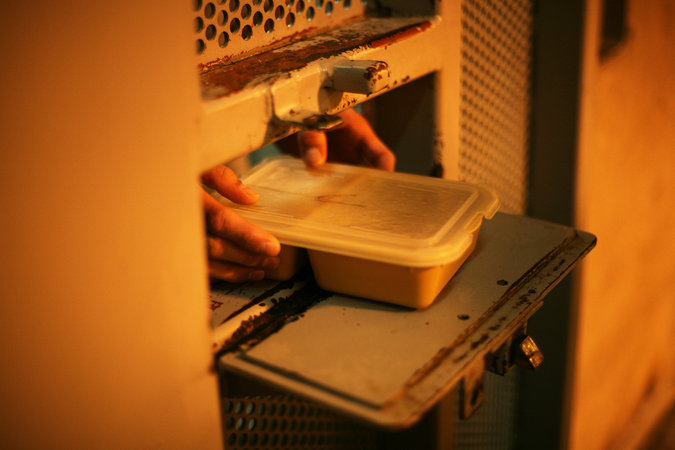
It’s a chilling image: the sex predator skulking in the shadows of a swing set, waiting to snatch a vulnerable child.
Over the past two decades, that scenario has led to a wave of laws around the country restricting where people convicted of sex offenses may live — in many cases, no closer than 2,500 feet from schools, playgrounds, parks or other areas where children gather. In some places, these “predator-free zones” put an entire town or county off limits, sometimes for life, even for those whose offenses had nothing to do with children.
Protecting children from sexual abuse is, of course, a paramount concern. But there is not a single piece of evidence that these laws actually do that. For one thing, the vast majority of child sexual abuse is committed not by strangers but by acquaintances or relatives. And residency laws drive tens of thousands of people to the fringes of society, forcing them to live in motels, out of cars or under bridges. The laws apply to many and sometimes all sex offenders, regardless of whether they were convicted for molesting a child or for public urination.
To read more click here.






